
Tongue pads are used in shoes for several reasons, though the most common reason is to snug-up a loose-fitting shoe to prevent heel slippage. Most people have one foot that is slightly longer than the other, but yet almost everyone wears the same size of shoe on both feet, which may result in forward and backward foot slippage inside the shoe on the smaller foot side. Certain foot or medical conditions, injuries, or congenital factors may also be responsible for variations in foot length and size.
It’s important to find shoes that are comfortable for both of your feet. If you have to choose between purchasing a shoe size that accommodates your shorter foot or your longer foot, choose the size that accommodates your longer foot and then make adjustments—including using a tongue pad—to the smaller side shoe to help reduce foot movement/slippage within that shoe.
Tongue pads are beneficial for the following reasons:
- They are economical and comfortable
- They can be used in many types of shoes
- They can be applied in a matter of seconds
- They gently push your foot back in your shoe, preventing heel slippage
- They can be used in place of detrimental shoe inserts that elevate your heel
- They can help reduce or eliminate any discomfort on your foot or ankle caused by your shoe's tongue
Tongue pads may also be particularly helpful in loose-fitting (i.e., loose around the ankle and heel) trail running shoes, as they prevent the repetitive jamming of toes against the end of a shoe's toe box that so often occurs when running on steep downhill terrain.

A tongue pad has an adhesive backing and is placed on the underside of your shoe’s tongue. Tongue pads work in all enclosed footwear. Simply remove the cover on the adhesive backing and place the pad in the appropriate location to help prevent heel slippage. Consider placing the pad a little lower down your shoe's tongue (i.e., opposite the front of your ankle) than you might otherwise think; if the pad is placed too high up on the tongue, it may not have its intended effect. Tongue pads, such as Pedag tongue pads (pictured above), come in two sizes (Small/Medium and Large/X-Large), come two pads per package, and are universal in design (i.e., either pad can be used in either your left or right shoe).
SHOP PEDAG TONGUE PADS

WANT TO IMPROVE YOUR FOOT HEALTH?
Let the team at Natural Footgear help you! Subscribe to our newsletter for the latest offers and helpful info, and sign up for our FREE email courses on various topics and foot health conditions.
Sign Up →
Want to Improve Your Foot Health?
We are here to help you every step of the way. Get our newsletter for the latest offers and helpful info, and sign up for our FREE email courses on various topics and conditions, including bunions, hammertoes, neuromas, plantar fasciosis, shin splints, ingrown toenails, and more.
Sign Up →
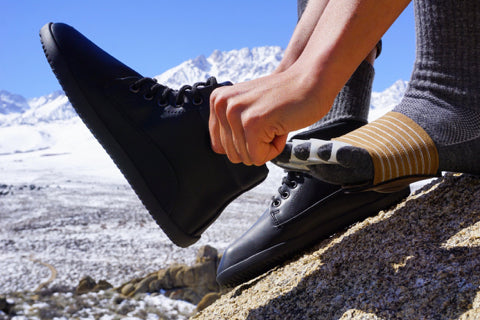 The very best foot pads are the ones that nature gave us (i.e., the ones already built into our feet), such as the forefoot fat pad and the calcaneal fat pad. But for most of us who have spent a lifetime shod, our foot pads are not properly positioned (or conditioned) to play the role they were intended to play. In order to get the “built-in” foot pads doing what...
Read more
The very best foot pads are the ones that nature gave us (i.e., the ones already built into our feet), such as the forefoot fat pad and the calcaneal fat pad. But for most of us who have spent a lifetime shod, our foot pads are not properly positioned (or conditioned) to play the role they were intended to play. In order to get the “built-in” foot pads doing what...
Read more




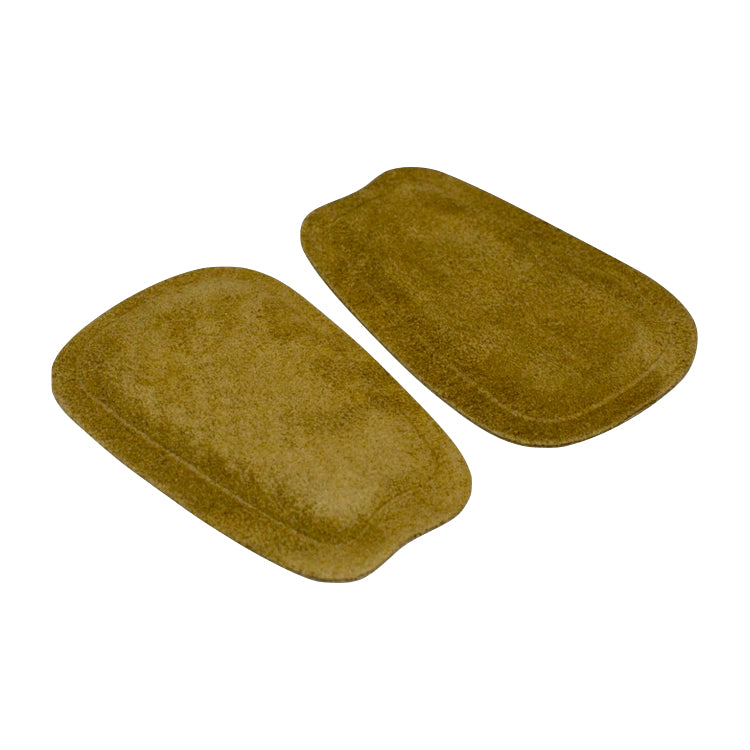
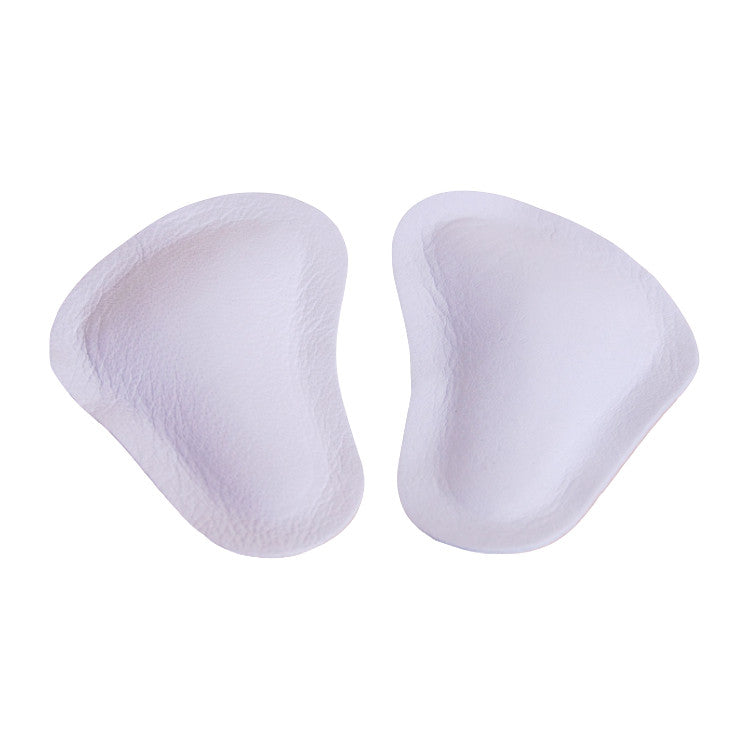
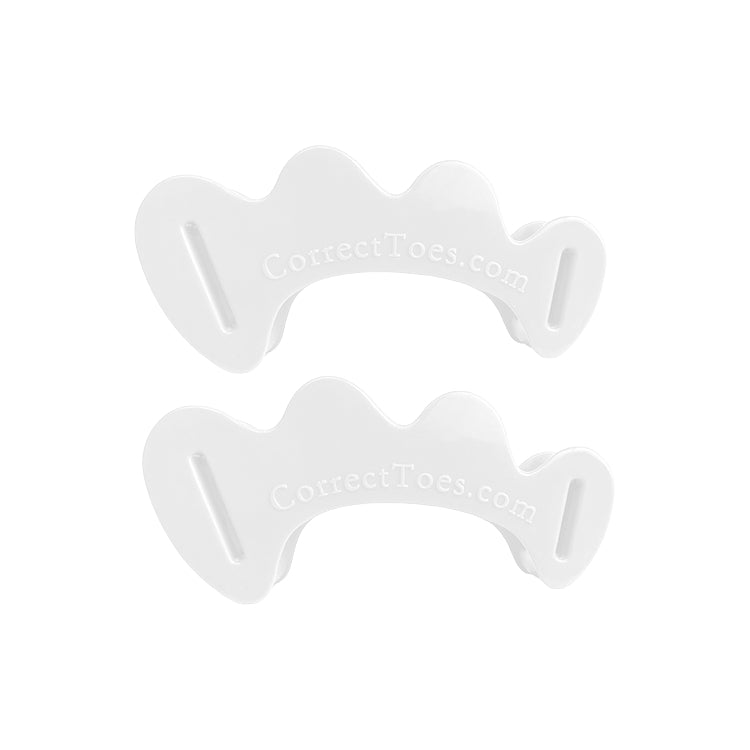
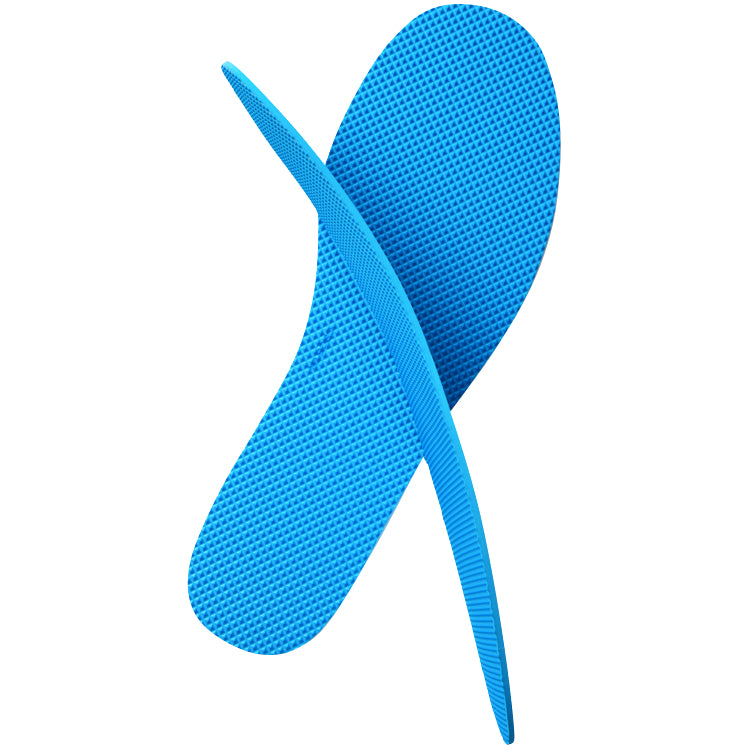
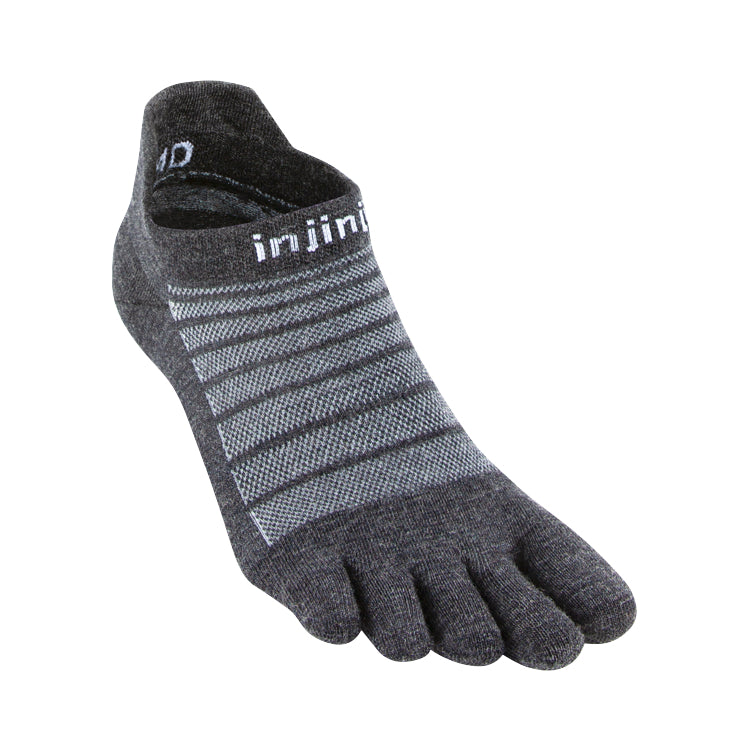
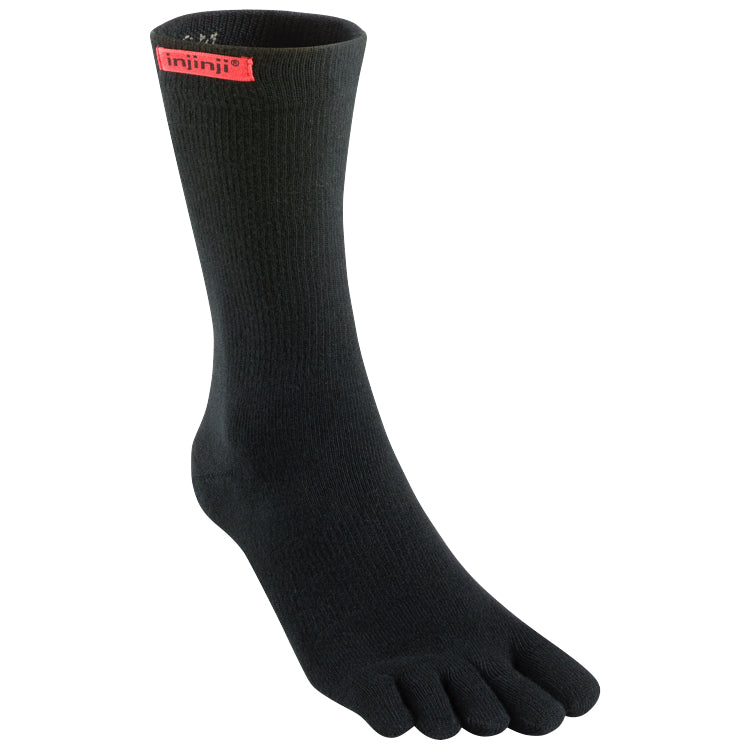
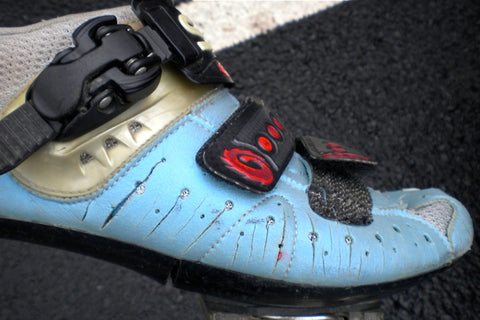
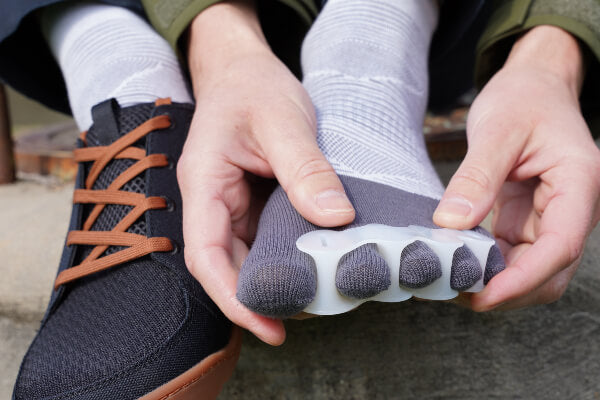

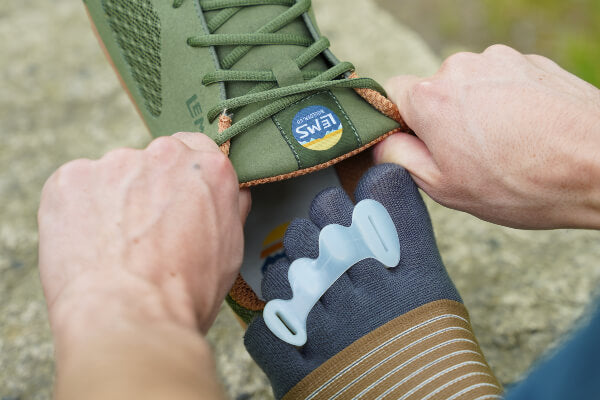
I need tongue pads for both sides of my shoe’s tongue to relieve pressure on the top of my foot. What do you recommend? Can I cut your “Large” pads to size?
Thank you for your question, Dan! You could certainly try cutting the tongue pads we feature on the site in two and then placing them in your desired locations. For most people, though, one fully intact tongue pad centered on the underside of a shoe’s tongue, just in front of the ankle, is usually sufficient to reduce/relieve pressure on the top of the foot.
Please do let us know if you have any additional questions!
Kind regards,
Marty Hughes, DC